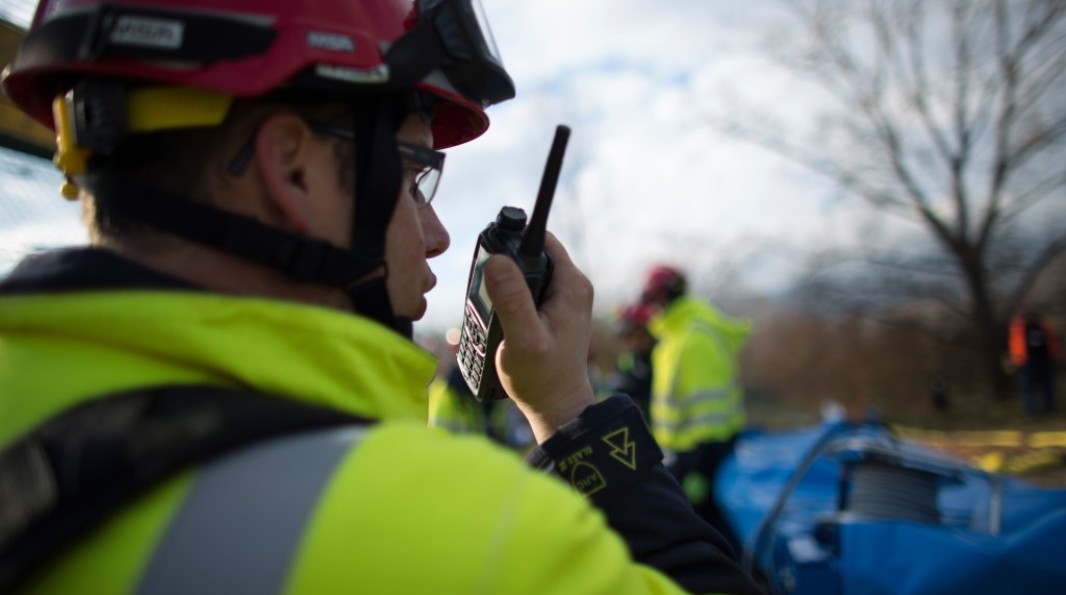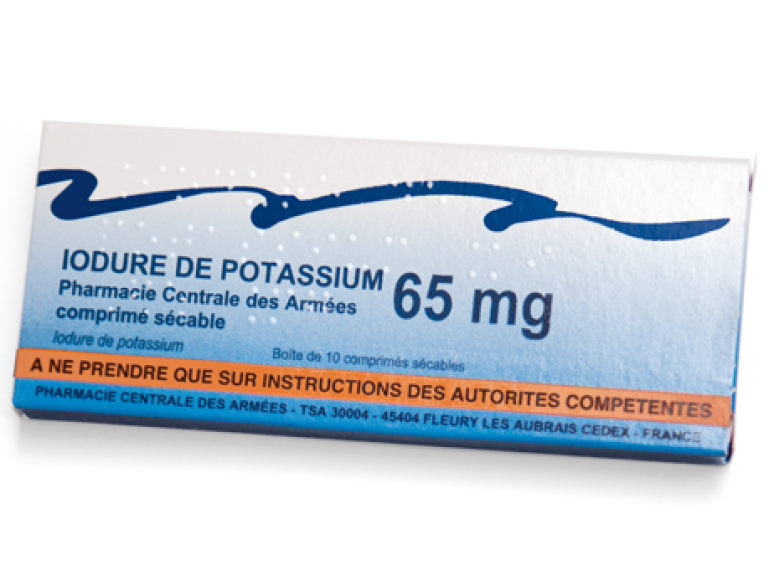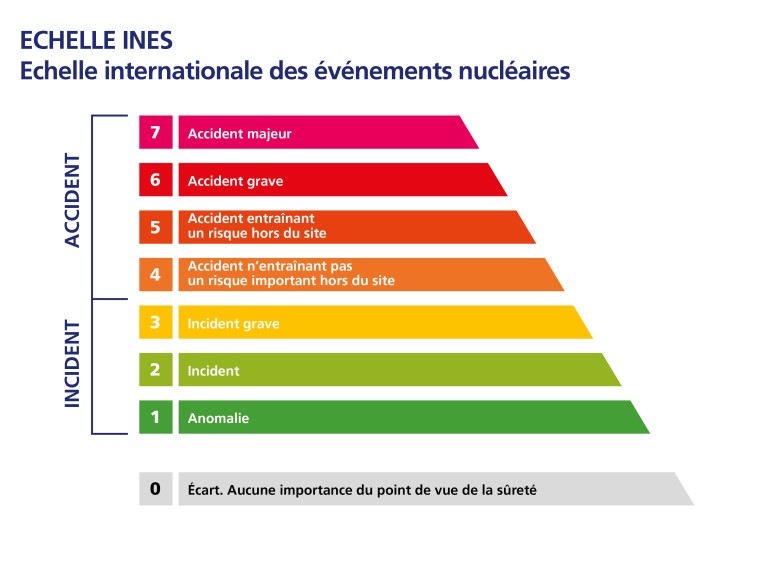Rigorous arrangements to provide for all contingencies
Although the probability of a nuclear accident is extremely remote owing to the numerous measures taken at the design stage and throughout the operating life of power plants, EDF and the authorities have jointly set up an extensive organisation for the protection in any eventuality of people and the environment.

TWO EMERGENCY PLANS: EDF & THE PUBLIC AUTHORITIES
EDF and the authorities have drawn up two closely coordinated emergency plans for deployment in the event a nuclear emergency. So as to ensure maximum effectiveness, these plans clearly set out the roles and responsibilities of responders.
The Internal Emergency Plan (PUI) covers the actions to be taken onsite: the station director is responsible for its implementation, under the oversight of the Nuclear Safety Authority (ASN). Under the plan, on-call personnel are mobilised to bring the facility back to a safe state and to minimise the impact on people and assets. The plan provides for treatment of casualties, if needed.
The Offsite Emergency Plan (PPI) covers all the measures deployed externally to protect the public and monitor the environment if there is a confirmed risk of radioactive discharges. It is activated by the Prefect of the department in which the plant is located. Depending on the nature of the event and how it develops, the Prefect, on the advice of the Nuclear Safety Authority, may decide to take early action and roll out three types of protection measures: an instruction to take shelter, to take iodine tablets, and/or to evacuate the area. These decisions affect a defined area around the power plant, and depend on the severity of the incident. In all circumstances, the authorities keep the general public continuously informed of the situation.
At all times, close to one hundred people are on-all at a nuclear power plant.
The activation of these safety plans also entails the mobilisation of the national crisis organisation within EDF, within the Nuclear Safety Authority, and within its technical support body, the Radiation Protection and Nuclear Safety Institute (IRSN).

Iodine tablet distribution campaign
The most recent iodine tablet distribution campaign for people living in a 0 to 10 km radius around a nuclear power plant took place in 2016. A tablet distribution campaign ran from 2019 to 2021 for those living in the wider 10km to 20km radius around a nuclear power plant. These campaigns are coordinated by government departments, with the support of the Nuclear Safety Authority (ASN) and EDF.
Precautionary iodine tablets in the event of a nuclear accident
In the event of a radioactive release into the environment, and if radioactivity levels reach a predicted thyroid dose greater than or equal to 50 mSv, the Prefect may activate the measure requiring the public to take an iodine tablet. Taking an iodine tablet protects the thyroid by saturating it with stable iodine, thereby preventing the uptake of radioactive iodine. Then if radioactive iodine is inhaled or ingested, it is flushed out naturally by the body. The authorities make these iodine tablets available to people living within a 20 km radius of a nuclear power plant. The public are invited to pick them up from a pharmacy, in exchange for a non-transferable voucher or on presentation of a proof of address.

Note that the INES scale is not a tool for purposes of assessment or comparison. It is intended to support the sharing of information with the media and general public, as well as among the 60 or so countries that use it.
INES: conveying the severity of a nuclear event
Used since 1991, the International Nuclear Event Scale (INES) provides a clear common reference framework for the severity of a nuclear incident or accident.
Events on this scale are ranked from 0 to 7 according to their scope, and based on three criteria:
- consequences outside the nuclear site;
- consequences onsite;
- degradation of the facility’s defence-in-depth.

